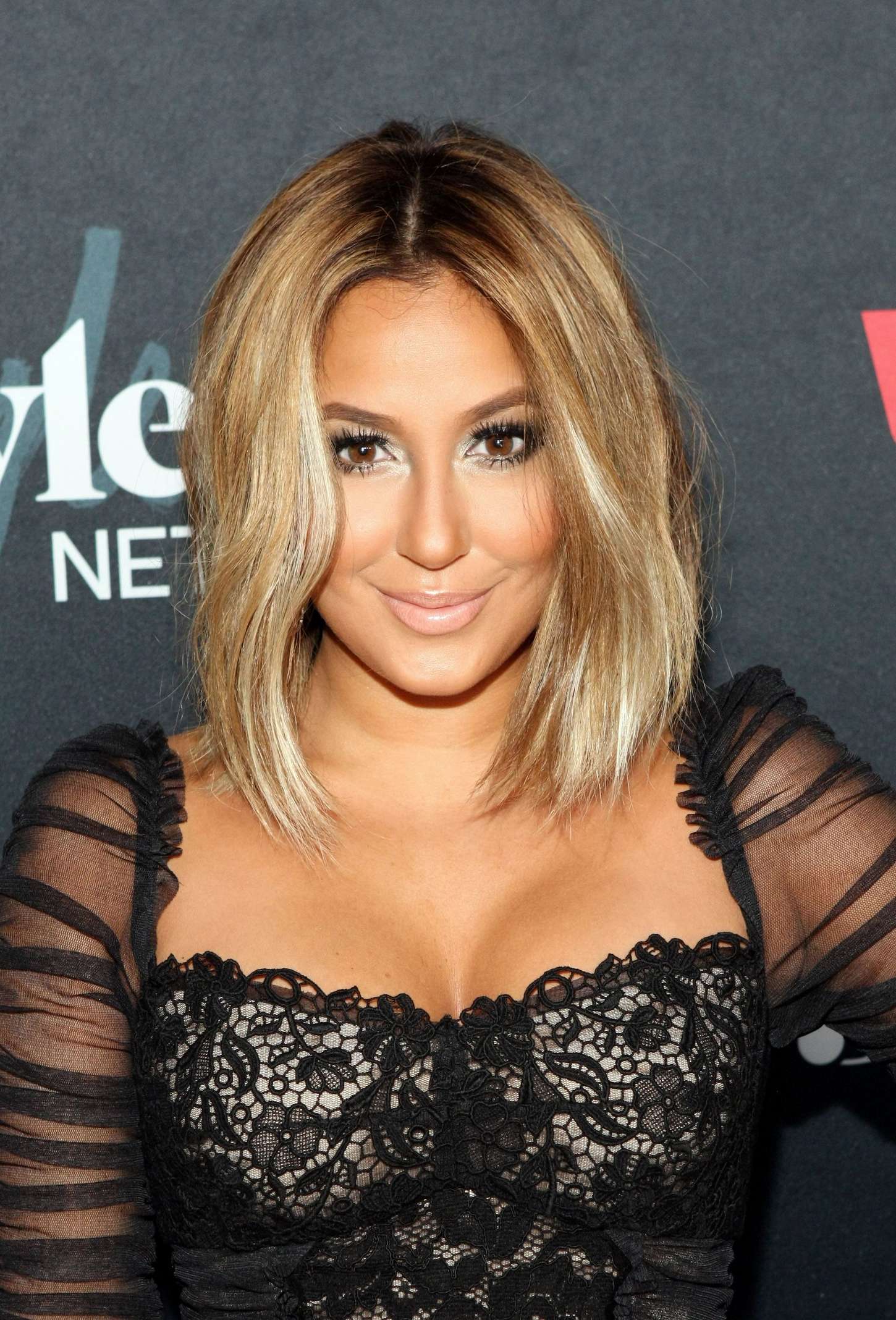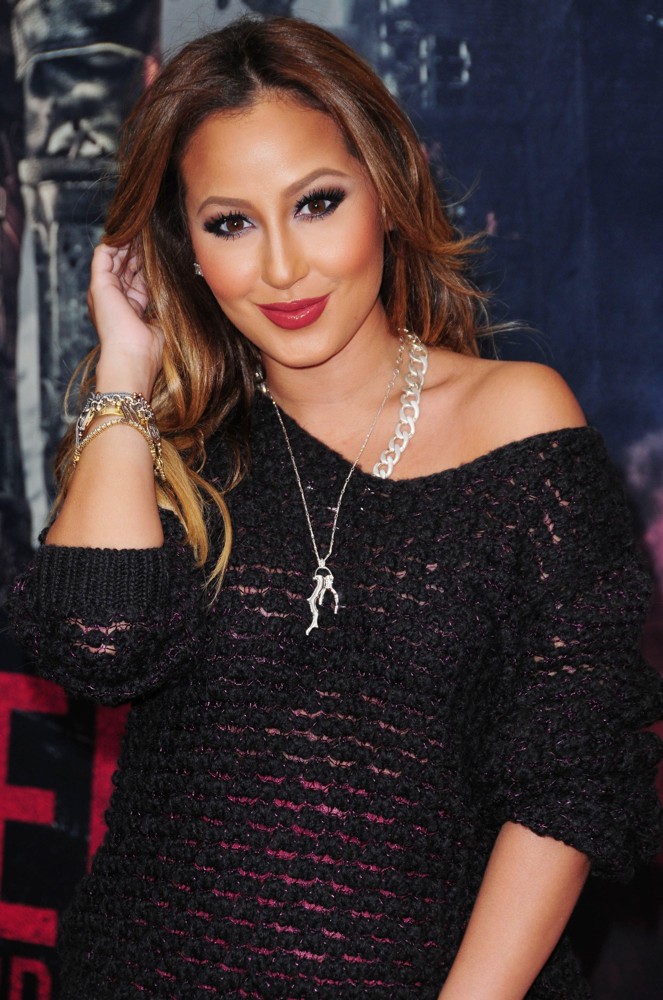So you've always had a love for fashion and have spent years perfecting your runway walk. You know the names of every Top Model and can critique their modeling techniques with the skill of a 60-year-old modeling veteran. Has it always been your dream to travel the world, seeing your face on every billboard, runway, and fashion magazine? If you want to do teenage modeling, you can make it happen!

How are you supposed to get discovered for teenage modeling when you go to school every day, work a part-time job, and play three different sports?! Well, you don't have to go to model-crazy New York City to get discovered. Check out the phone book or the Internet and find a local agency. You need, need, NEED to have a representative from an agency to get into teenage modeling. It will be next to impossible to get a modeling agency to take you seriously without an agent. It will be twice as hard to even get your foot in the door without an appointment! Casting directors are way too busy to speak to each and every girl who sends them pictures. You'll have a better chance if you have an agent representing you.
If there aren't any teenage modeling agencies in your town, have someone in your family take pictures of you. Then send them to the nearest agency! No one starts on a NYC runway. You'll most likely have to earn your stripes doing time at a local agency. Don't get discouraged—good things happen to the girls who work their butts off in teenage modeling!
Be very cautious of scammers. There are photographers and frauds who will try to take advantage of you. When you're doing your research, ask your parents to help you. Your mom or dad will most likely know the right questions to ask to be sure you're not being taken advantage of.
When you speak to the professionals, they'll probably ask how old you are. Youth is key for the teenage modeling business, but remember, if you're under 18 years old, ask your parents for their help and permission. They'll be great at sticking up for you and guiding you in the right direction.
If you have any child modeling experience, that's great! If the pics embarrass you, get over that real quick! Teenage modeling agencies will love that you have experience.
Don't worry about expensive prints. Since you're young, teenage modeling agencies will love any natural pictures of you that you have. They want to see that you're comfortable in front of the camera and have a great, fun-loving personality!
Get to know the people in the teenage modeling industry. If people see that you're a hard worker, nice, and full of smiles, they'll be sure to spread your name.
Now, I'm NOT telling you to drop everything and spend your days trying to become the next Top Model. Stay in school!!! Teenage modeling should be something you pursue in the summers, during school vacations, or the weekends. Your education will take you anywhere in life and people you meet in the modeling industry will understand and respect the responsibility you take with your schoolwork.
Teenage modeling is probably the hardest industry to get into. If it's something you really want to do, you'll have to give your all. If you have the stuff to make it, hard work and determination will be your key. Remember, you have to be able to take rejection and walk with your head high.
And, when you're famous, don't forget about us little people who helped you get there!































